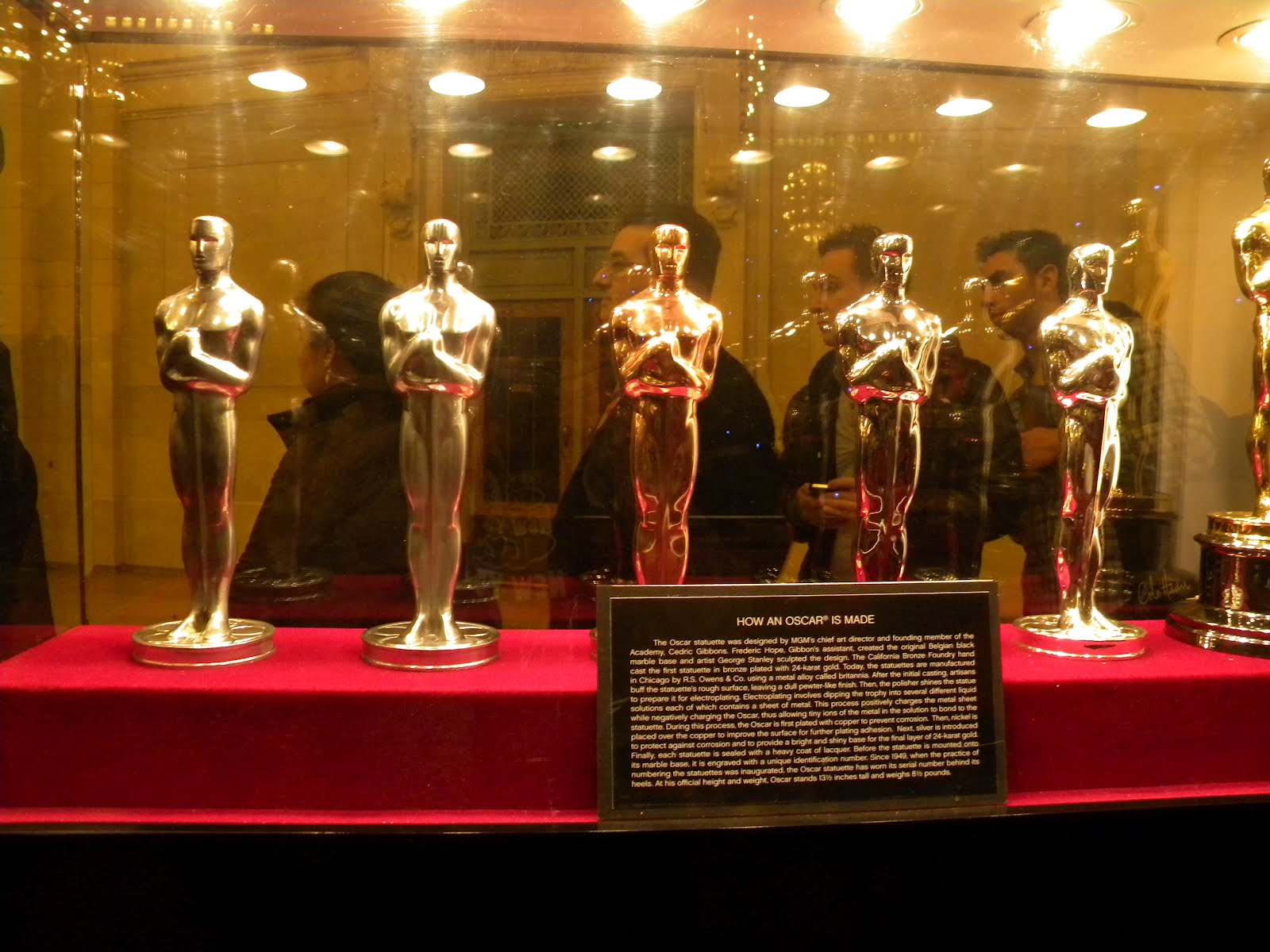Between 1942 and 1944 academy awards were made of plaster

Between 1942 and 1944, Academy Awards were made of plaster.

When we think about the prestigious Academy Awards, commonly known as the Oscars, we envision the shiny golden statues revered by the film industry. However, did you know that there was a time when these iconic awards were not actually made of gold at all? Between the years 1942 and 1944, Academy Awards were crafted from plaster, presenting a fascinating chapter in the history of this esteemed recognition.
The switch from gold-plated bronze to plaster was necessitated by the economic challenges posed by World War II. As the war effort demanded precious metals for various purposes, the Academy of Motion Picture Arts and Sciences, which organizes the Oscars, had to adapt and find an alternative material to create the highly coveted statuettes.
During these three war years, the Academy Awards statuettes were made primarily of gypsum plaster. Though not as glamorous as gold, plaster was a readily available material that offered the desired shape and form for the iconic statue. Each award stood about 13.5 inches tall and weighed approximately 6.75 pounds.

Despite the temporary shift in materials, the significance of these plaster Oscars remained unchanged. The awards still celebrated outstanding achievements in the film industry and symbolized the excellence and dedication of those involved in creating exceptional cinematic experiences.
After the war came to a close in 1945, the Academy Awards returned to their iconic golden state. The Academy continued using plaster casts until 1983 when a precise and cost-effective method involving an alloy called Britannia metal took over. The statuettes are now cast in gold-plated bronze, providing the lustrous finish we all associate with the Oscars today.
It is fascinating to look back at this period in the Academy Awards’ history when resourcefulness prevailed amid challenging times. The switch to plaster showcases the adaptability and resilience of the Academy in the face of adversity. While these wartime Oscars may not have possessed the same glamorous appearance as their golden counterparts, they remain an important part of the Oscars’ legacy, reminding us of the industry’s steadfast commitment to honoring excellence in film.
For more information on the Academy Awards and its iconic statuette, please visit The Official Academy Awards Website.
Related Posts
Quick Links
Legal Stuff

